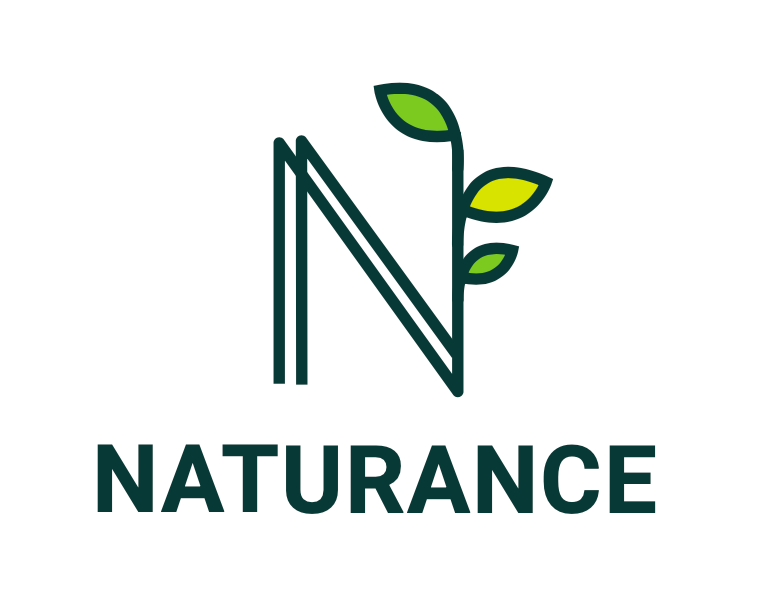On 30th of October 2025, the NATURANCE Project and Making Cities Resilient 2030 (MCR2030) co-hosted a global webinar titled “Innovative Financing for Heatwave Risk and Human Quality of Life.”
As part of an ongoing dialogue on finance-driven adaptation, the session marked a key step in exploring how innovative financial tools — from parametric insurance to trigger-based financing and equity-focused mechanisms — can help cities better prepare for the growing threat of extreme heat.
Moderated by Rudi Bressa, Communications Lead at CMCC, the event gathered voices from academia, risk finance and local governments to share new insights from the Flames of Change report and from city case studies in Poland, the UK and India.
Melissa Herlitz, Scientific Project Manager at CMCC, opened the discussion by welcoming participants on behalf of NATURANCE. She emphasised that urban heatwaves are becoming one of the most severe and fast-growing climate risks, yet financial instruments for preparedness and protection remain limited.
“Cities are at a pivotal moment,” she noted, “where we must link research, policy and finance to protect communities and improve quality of life.”
Herlitz also underlined how the collaboration between NATURANCE and MCR2030 builds a bridge between research innovation and practical implementation at the city level.
Insights from speakers
Dr. Paolo Garonna, Professor of Political Economy at LUISS Guido Carli University of Rome, introduced the key findings from the Flames of Change report. He highlighted the need for new investment models, public–private partnerships and financial frameworks that support cities’ long-term adaptation.
According to Garonna, advancing climate resilience depends on “innovative financial structures capable of mobilising private capital, transferring risk efficiently, and sustaining systemic change in urban areas.”
From Poland, Dagmara Rydzewska and Malgorzata Bartyna-Zielińska of the city of Wroclaw shared how local governments can turn data and design into real impact. Their presentation showcased practical examples of nature-based solutions — from cooling green corridors to retention systems for water management — illustrating how integrated planning can reduce urban heat and enhance liveability.
Neil Gunn, Head of Flood and Water Management Research at the Willis Research Network, presented the work of the NATURANCE Innovation Lab in London. He explained how trigger-based financing can help cities respond quickly to extreme heat events, providing predictable and transparent funding when temperature thresholds are reached. This approach, Gunn noted, strengthens both preparedness and recovery capacities for local authorities.
Jamie Pollard and Heather Martin from Global Parametrics concluded the session with insights from India, where parametric insurance schemes are being developed to address heat risks in urban areas.
Their pilot projects target women and vulnerable groups most affected by rising temperatures, using equity-focused financial tools to promote inclusive resilience and reduce social inequalities.
The final discussion underlined a shared goal: connecting scientific evidence, financial innovation and local governance to build fairer, more resilient cities. Participants highlighted the need for clearer governance frameworks, predictable funding channels and stronger collaboration between public and private actors.

